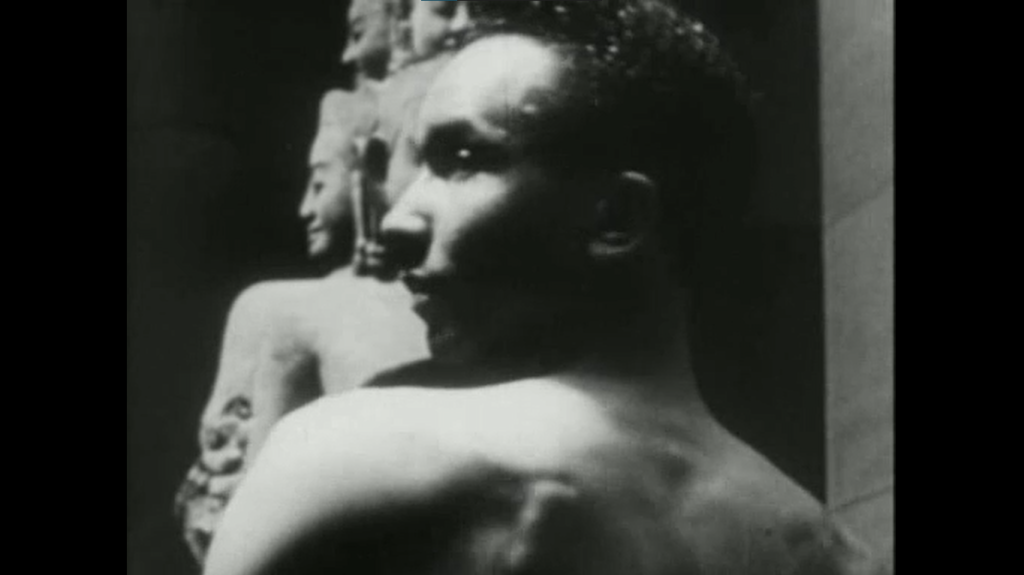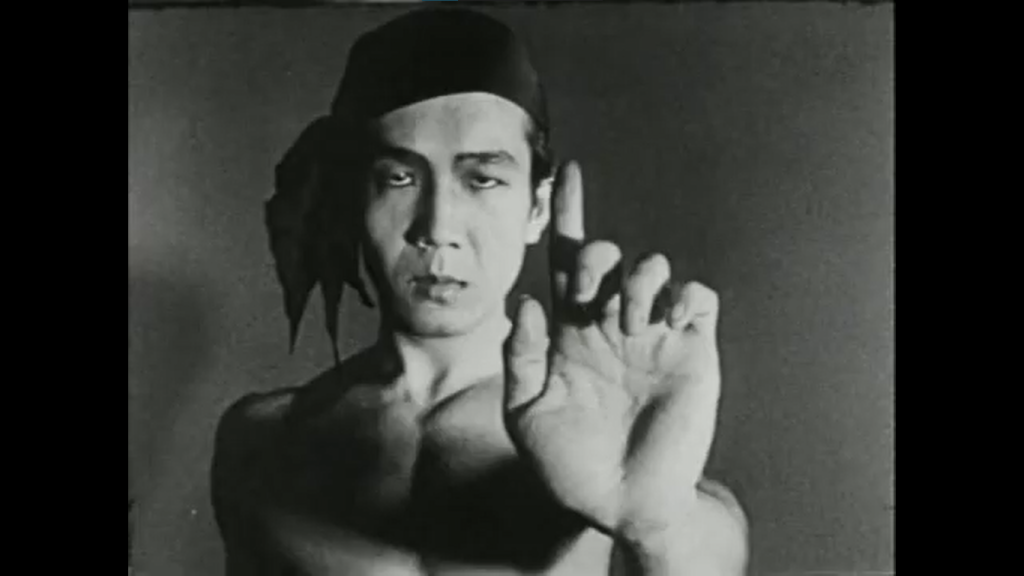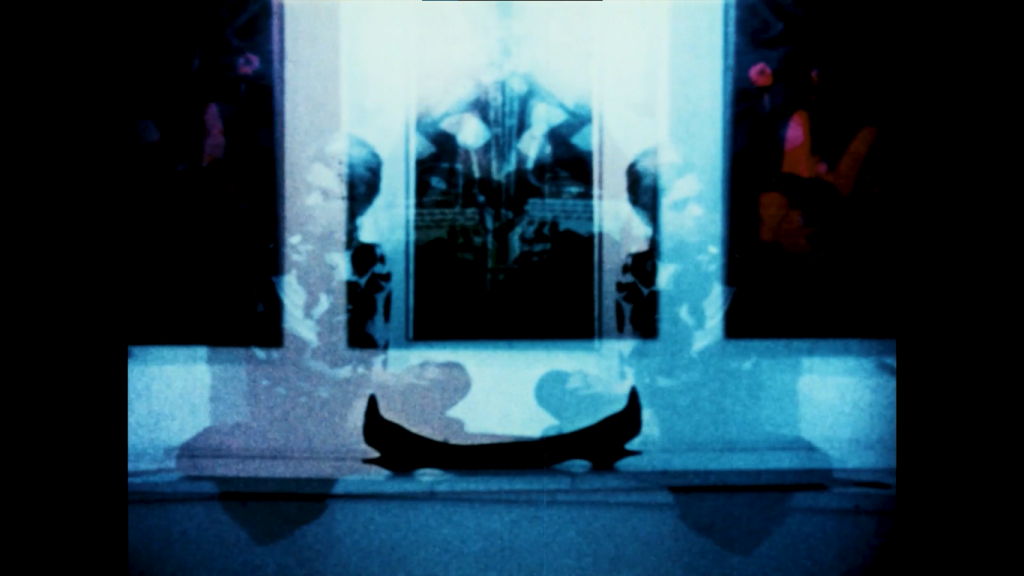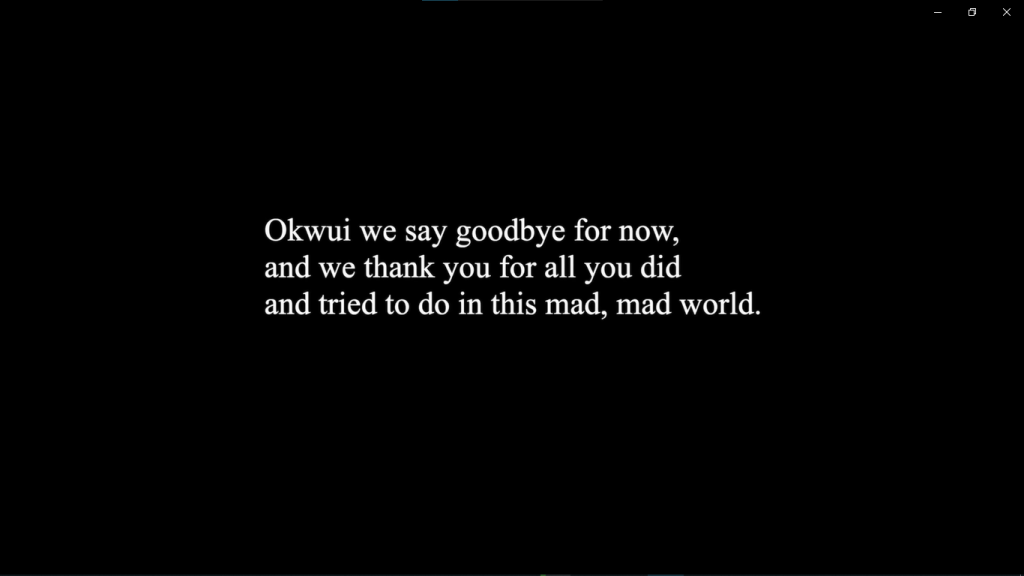
HANDICAM AESTHETICS: A screening from Quỳnh Chi
Featuring works by Maya Deren, Charles Henri Ford, Haile Gerima, Jonas Mekas, Carrie Mae Weems
When it comes to experimental films, the unique genre of ‘handicam’ cannot be overlooked—the technique that originated the American avant-garde film. ‘Handicam’ is an immediate, personal and intimate medium; but the early applications of the device produced footage that transcends space-time. The series of six experimental ‘handicam’ films introduces viewers to theoretical practices, examining the use of handheld camcorders as a tool to capture memories, and to link spirituality with reality.


Maya Deren, A Study in Choreography for Camera (1945) | 2:15
Maya Deren, Meditation on Violence (1948) | 12:26
The mother of American avant-garde films, Maya Deren, is a inopportune film theorist. She passed away early at the age of 44, impoverished and was not yet recognized by experts. However, her works marked the start of experimental films in the later decades, inspiring various filmmakers such as Brakhage, Kenneth Anger, as well as the famous David Lynch. The time she spent studying Anthropology in Haiti had greatly affected this visual aspects of Deren’s silent films. Using handicam to harmonize the movements of characters and cameramen into one. This was clearly expressed in her two short films “Choreography” and “Meditation”.

Charles Henri Ford, Poem Posters (1966) | 24:18
Charles Henri Ford was a leading surrealist writer in the 1940s at New York, USA. His works were among the earliest queer texts, cosnidering heterosexuality to be a myth in society. As an important bridge between modernist and postmodern art, he wrote poetry, collage, exhibited paintings and drawings. In the late 1960s, he started making films and introduced Andy Warhol to the New York underground cinema. The experimental film Poem Posters is a documentary about Ford’s painting exhibition at the Factory, which featured many avant-garde stars of the time such as Jayne Mansfield, Frank O’Hara, Ruth Ford, Roy Lichtenstein, William Burroughs, Andy Warhol, and Jonas Mekas.

Haile Gerima, Hour Glass (1971) | 13:22
Haile Gerima is an Ethiopian-American member of the L.A. Rebellion, a group of black filmmakers formed at the University of California, Los Angeles. Together, they envision a future for independent cinema for the black community. In addition to filmmaking, Gerima teaches and owns a bookstore—a space for scholarly dialogue about the struggles of people of color in a post-Jim Crow setting. The Hour Glass short film inherits the legacy of the American civil rights movement. In the film, a young black man paints a vision of himself as a basketball player, playing football to serve white people, daydreaming amid the pages of Frantz Fanon (the father of decolonization), Malcolm X (black leader assassinated in 1965), leader Martin Luther King Jr. (assassinated in 1968) and Angela Davis (leading the feminist movement).

Jonas Mekas, As I Was Moving Ahead Occasionally I Saw Brief Glimpses of Beauty (2000) | trích đoạn ~30:00
During WW2, Jonas Mekas left his country Lithuania and wandered from the border to refugee camps in Europe, until he and his brother arrived in the USA. As a journalist, Mekas soon became active in writing and documenting. He founded the Anthology Film Archive, one of the largest and most important avant-garde film archives in the world, and collaborated with Andy Warhol, Yoko Ono, John Lennon,… His films often use footage from handicam, mixed with many prefaces, and is considered a “diary movie”. The film Glimpses of Beauty synthesizes everyday images of Mekas’ 30 years of life, narrated by the author in his own voice. The original film is 4 hours and 48 minutes long; Chi will show for about half an hour so that viewers can visualize Mekas’ practice.

Carrie Mae Weems, Okwui Enwezor (2020) | 4:44
Okwui Enwezor, art director and curator of documenta 11, was one of the first African diaspora scholars alongside Suzanne Blier and Stuart Hall. Together, they laid the groundwork for scholarly research on Africa, with particular emphasis on voices of color and issues of representation. He died at the height of his career from cancer, when he was 55 years old. Video documentary of his memorial service in Nigeria was handicam recorded by Carrie Mae Weems. Weems is a leading American contemporary photography artist and a close friend of Enwezor.
Quỳnh Chi is a young writer currently working at The Outpost Art Organisation. In 2022, she supported Ba-Bau AIR at documenta 15 and received a bachelor’s degree from Miami University-Oxford (Ohio, USA). At school, she served as the Art & Architecture History Association’s president while researching photography and moving image art, focusing on race, class, and gender. Coming back to Hanoi after graduation, Chi looks forward to connecting art lovers across borders through writing practice. She contributed an essay titled “From #aesthetics to Aesthetics” to The 202x Handbook. Chi has experience in bilingual editing in projects and exhibitions at Six Space, VCCA, Mơ Art Space, and Galerie Quynh.

 VN
VN